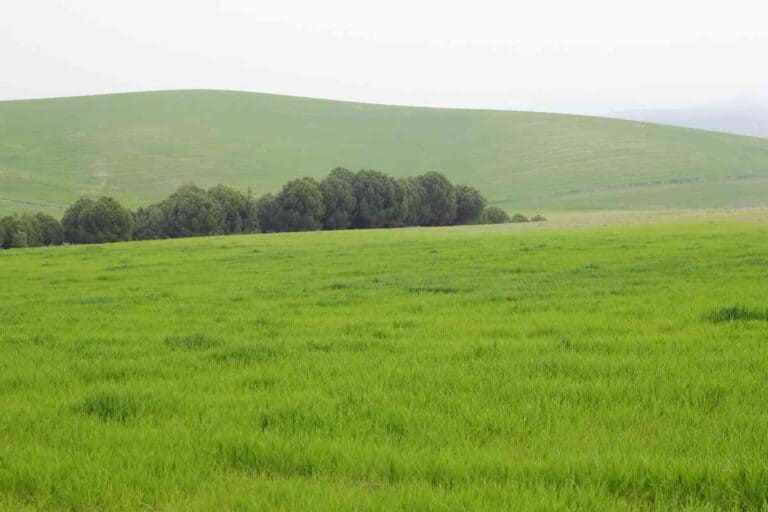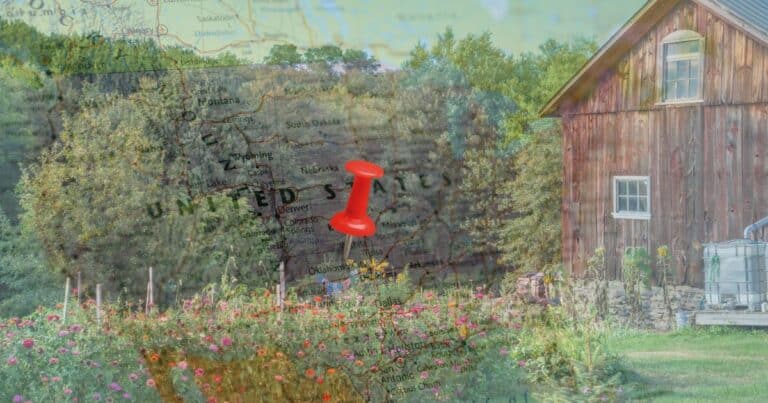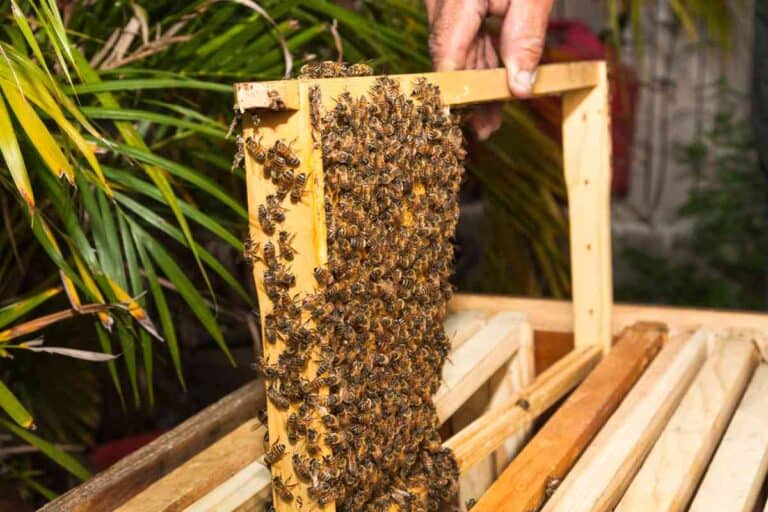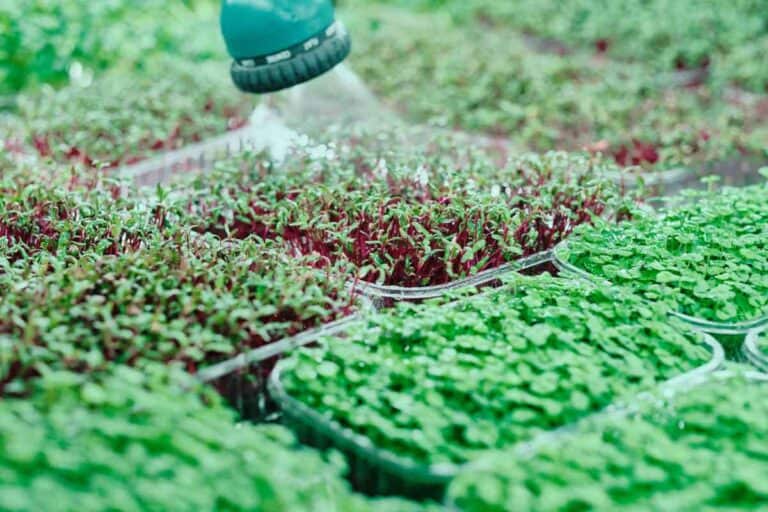Homesteading | How to Be Self-Sufficient in the Desert
Homesteading in the desert has gained a lot of attention lately, and there are many reasons for this newfound interest. But how do you homestead and become self-sufficient while living in such an arid landscape?
You’ll want to weigh out the pros and cons of homesteading in the desert. Be sure that this is the right lifestyle for you before you commit to a big change like this. You’ll also want to resolve matters at hand like ensuring you can grow your own crops, rear animals, and obtain a clean water source.
Different deserts offer very different climates. You will often find significant temperature variations and soil types, even within the same region. Therefore, this article is intended not as a complete guide but instead as the basis for further research for anyone who considers starting a self-sufficient homestead in the desert.
Why Homestead in the Desert?
There many good reasons to build your homestead in the desert, with one significant upside being that you’ll usually live far away from the regular hustle and bustle of the city. If you’re tired of the rat race and the noise of the city, then the desert will provide more peace and quiet than almost any other location.
You’ll also find desert homesteading a good way to gain a lot of practical survival skills. Thay is, you’ll learn to make do with minimal resources and find ways to supply yourself with food, water, and other necessities.
Finally, you’ll find that living a self-sufficient life will save you money in the long run. Given that you will not have to pay a premium for property and utilities, remote homesteading is a great lifestyle for anyone looking to live a simple life free of many financial obligations.
Challenges of Homesteading in the Desert
However, homesteading is not a lifestyle that is suitable for everyone. Not to mention homesteading in an environment as arid as the desert.
If you’re not comfortable with the idea of rearing your own livestock or growing your own crops, then homesteading is likely not for you.
Living in the desert may also mean you will be disconnected from the surrounding society. You will cut off from some or all of the luxuries that modern people would consider necessities. Such as internet and phone connections, city water, etc. While that may be exactly what you are looking for, it’s not a lifestyle suitable for most people.
Consider which elements of modern society you would happily get away from and which aspects you can’t live without. This will be an important part of your considerations regarding how much land you need, and where you’ll want to buy land and settle down.
Finally, preparing and living a self-sufficient life in the desert requires a lot of patience, hard work, and effort. From having to build your own home to grow your food, these are things you’ll have to take into consideration before you decide to venture into homesteading in the desert.
What to Look out for When Buying Land in the Desert
The low property prices often cited as the reason why people dream of leaving the city. And if you’re looking for affordable land, you can hardly find it cheaper than in the desert where huge areas can be purchased for just a few thousand dollars.
While affordable desert land can help you get a head start to your homesteading lifestyle, it’s not free. And there are usually good reasons why some plots are significantly cheaper than other plots in the same area.
Some people get so excited by what looks like a great deal that they forget to investigate why that might be. For instance, access to water is imperative if you intend to grow anything in the desert – whether it be rainwater, city water, or well water. Zoning limitations can also be an issue, as well as getting legal access to your plot.
You may have to give the cheapest plots a pass and pay a little extra on land that is more suitable for homesteading. The good news is that even good desert land is generally very affordable.
How to Be Self-sufficient in the Desert
When you’re homesteading for self-sufficiency, you’ll need to grow your own crops and keep a few animals. Here are some tips on how to choose the right crops and animals.
What Can You Grow in the Desert?
Selecting the right crops to grow in the desert is important as the weather conditions and soil are different from regular farms.
Not all deserts are the same, though. Elevation, in particular, is an essential factor for what you can successfully grow and harvest. Therefore, it’s a good idea to research what crops are suitable for the specific area you’re looking to homestead.
That being said, since deserts are by definition arid and with sparse vegetation, desert crops should be hardy. Depending on the climate, your crops need to be either heat tolerant, cold tolerant, or both.
Below are some crops that have been successfully grown in hot (low elevation) and cold (high elevation) desert areas in Southern Nevada. Note that some varieties are better suited for the desert than other varieties of the same crop.
Heat tolerant low desert crops:
- beans
- corn
- cucumbers
- eggplant
- melons
- peppers
- squash
- tomatoes
Cold tolerant high desert crops:
- arugula
- carrots
- crinkle cress
- garlic
- kale
- mustard
- onions
- spinach
- swiss chard
- winter lettuces
Some trial and error may be necessary for you to find what crop works best in your region.
Rearing Animals in the Desert
Domestic animals can help you be self-sufficient as they not only keep you company but can also be a good source of food. Poultry like chickens and ducks will provide you with fresh eggs and white meat, while other animals like goats can provide you with milk and red meats when needed.
Note that some animals will eat a lot of grain and/or hay. And you may have to buy some or all of the animal feed, as you likely will be able to grow sufficient amounts of fodder by yourself. If you want to be entirely self-sufficient, chickens will be your best option as they have a low feed conversion ratio.
Getting Water in the Desert
One of the biggest concerns about homesteading in the desert is how to get a clean water source. You’ll need more water than you think, not just for drinking and showering, but also to water your plants and feed your livestock. You should also know how to reuse greywater for minimal waste.
Rainwater Harvesting
Harvesting rainwater is a great way to solve some (or all) of your water needs. While it may not rain very often in the desert, you can utilize the few occasional rainclouds that do come by.
In this video, Joes of Homesteadonomics shows how he can live off of almost 100% rainwater in the Arizona desert:
Well Water
If your budget allows, you may consider drilling a well on your homestead. This will allow you to have a constant stream of clean water that you can filter for consumption and store for other uses around your property.
However, a well can be very costly to drill. Especially if you live on rocky desert terrain. Often there’s no guarantee that you will find water, and you run the risk of paying thousands of dollars for a deep drill without ever hitting groundwater.
That being said, having a well is by far the easiest and most reliable water source, and it may well be worth it for you to pay a premium for a plot of land that already has a well.
Getting Power and Heat on a Desert Homestead
Finally, you may want to know how to power up your desert home. While you may have to cut down on appliance use, it will still be necessary to get power and heating for the cold seasons.
These days most people homesteading in the open desert landscapes use solar panels to power their homes. The price of solar panels has dropped 80% during the last decade, and this trend is expected to continue for the foreseeable future.
Solar water heating is a great way to get cheap, off-grid hot water for domestic use which can be used in both low and high deserts – anywhere where there is sunlight. A solar heating system uses the sun’s radiant heat to heat your water which is subsequently pumped into the home.
Ensure your heating system is big enough for all your hot water needs, also during the winter. Limiting unnecessary water use will ensure you conserve energy while homesteading in the desert, but this may mean you have to cut down on luxuries like washers, dryers, and dishwashers.
Other Things to Consider When Homesteading in the Desert
Homesteading in the desert requires a lot of effort and determination to make it work. You will usually be farther away from services like hospitals, schools, and supermarkets. You would also not be closely connected to your friends and family as internet and phone signals may be limited.
However, homesteading in the desert can offer more financial and personal freedom and less stressful life. It’s a lifestyle that will help save you money in the long run as you no longer have to pay city prices, and you’ll pick up on many fundamental life skills as you learn how to be more self-sufficient.






